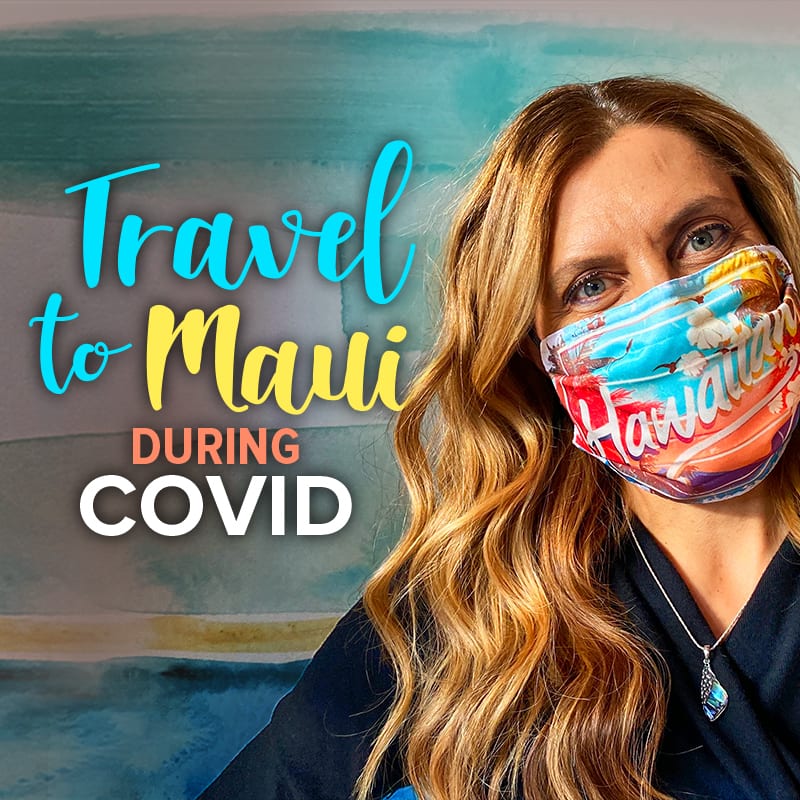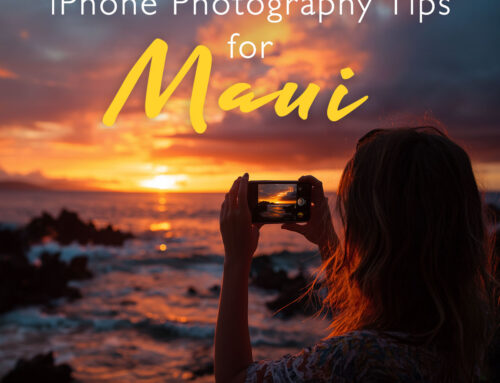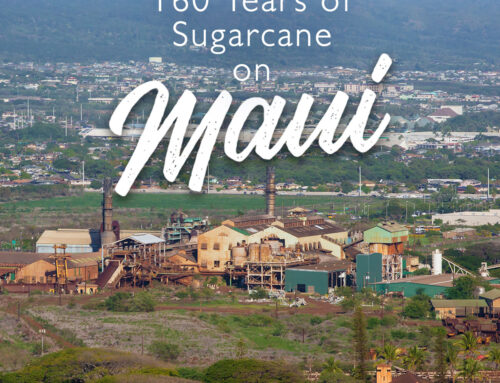If you are planning to visit Maui soon and you’re wondering about the COVID situation on the island, here’s what you need to know and expect. If you choose to travel, it’s important to check local government restrictions and consider all the rules and safety measures before departure.
Getting Here
Just like the rest of the country and most of the world, Maui has been deeply affected by the COVID-19 pandemic. As of February 2021, traveling to Hawaii is possible from the mainland, and this includes traveling to Maui, the second largest island in Hawaii. If you’re visiting from the US mainland, you need to provide evidence of a negative COVID-19 test.
All travelers entering the United States by air need to present a negative test result. There are different types of tests approved specifically for the state of Hawaii.
The island now has a mandatory 10-day quarantine on most islands. Still, visitors from the United States, Canada, South Korea and Japan are allowed to bypass the quarantine by following strict pre-travel testing rules.
As of February 2021, Hawaii follows CDC guidelines that state visitors who have traveled to Brazil, China, the United Kingdom, the European Schengen Area, South Africa and Ireland in the past 14 days will be denied entry.
If you’re a traveler from any other country, you need to undergo a 10-day quarantine or present a negative COVID-19 test result.
No matter the country they are coming from, all tourists need to complete a Safe Travels Hawaii form and undergo a health screening on arrival.

What are the restrictions for traveling to Maui?
There are currently Hawaii travel restrictions in effect for all islands, including Maui, Oahu, Hawaii (the Big Island), Lanai and Molokai. Most of the restrictions are the same for all islands, but Maui is additionally adding a mandatory contact tracing requirement for all visitors.
To bypass Hawaii’s quarantine restrictions, travelers have a pre-travel testing option as an alternative, which means that if you can bring along proof of a negative COVID-19 test, you don’t have to quarantine for 10 days after landing on the island.
Keep in mind that you must have your negative test result prior to departure if you want to be able to bypass the quarantine. The test needs to be from a certified and trusted partner and needs to be taken within 72 hours of the flight’s departure.
Air travelers who are entering Hawaii from abroad need to get a Nucleic Acid Amplification Test, which is important to note because some tests that are currently accepted under the new US testing requirements do not allow visitors to bypass Hawaii’s quarantine.
How does it work?
Before traveling to Maui, you need to create an account with Hawai’i’s Safe Travels program. All adults need to have their own account, and if there are any minors traveling, they can be added to one adult account. You need to have all the details about your trip and conduct information ready because you will need to add them to register your account.
You need to answer the health questionnaire on your safe travels account 24 hours prior to departure. While in flight, you need to follow the air carrier’s guidance regarding sanitation processes, mask-wearing and physical distancing.
When you land in Maui, you will have your temperature checked via thermal temperature screening and facial imaging technology. If you have an elevated temperature of 100.4°F and above, the photos will be temporarily retained to help airport representatives conduct additional assessments.
If you have a temperature above 100.4 degrees Fahrenheit, you display COVID-19 symptoms, or any of the answers you provided in the health questionnaire require additional testing, you will need to complete a secondary screening at the airport. This will be conducted by trained health care staff, who will be able to determine whether you display COVID-19 symptoms.
Visitors who arrive from a transpacific flight and passed through the airport screeners without having a valid negative COVID-19 test from the trusted testing and travel partners list will be subject to a mandatory 10-day self-quarantine.
Hawaii’s safe travels program also invites travelers picked at random to take part in a voluntary secondary test three to four days after arrival.

What can you expect when traveling to Maui during COVID?
COVID-19 restrictions don’t end when you leave the airport. You must observe multiple rules and restrictions on the island of Maui if you decide to travel there during the pandemic.
As of January 2021, face coverings must be worn while walking to and from the pool or beach area, and they also need to be worn at all times at venues such as yoga studios and gyms whether they are indoor or outdoor.
Masks need to be worn whenever out in public, and restrictions regarding the maximum number of people allowed in social gatherings vary from one island to another in Hawaii. Maui currently allows for gatherings of up to five people, which is also the maximum number of people who can share a table in restaurants.
If you want to travel from Maui to another Hawaii island, you can do so without restrictions. You can fly from any island with the same policy followed to get to Hawaii, which means you need to take a test and receive negative results no more than 72 hours before flying in.

What is open and what is closed in Maui?
Many of the restaurants and bars in Maui are still closed after the previous shutdown, and it’s important to keep in mind that online information about opening hours might not be accurate at this time.
Most businesses in Maui currently prefer cashless transactions, and you will be provided with hand sanitizer or hand washing stations by most businesses. You’re likely to find these at the entrance, or it may be offered to you by a roving crew member.
If you want to book a boat tour, expect to be asked for a temperature check. You will also be required to wear a face-covering and all tours that include a meal will have that individually wrapped.
It is still possible to rent snorkel, scuba, and surf gear, either from your hotel or through various outlets across the island. Most businesses advertise that the equipment is thoroughly cleaned and sanitized.
When it comes to restaurants, expect to see Plexiglas dividers at bar spaces and lots of restaurants only offering to take out options instead of table service.
Hotels have enhanced cleaning procedures as well, and you can find specific details of the property. Valet parking is not likely to be available at this time. You should also expect a reduction of some of the amenities, especially those related to buffet breakfast and other food and beverage services.
To avoid the very strict regulations hotels have in place right now, you can book your accommodation in one of the oceanfront vacation rentals on www.aliiresort.com.
If you’re feeling safe to book a trip to Maui during these unusual times, you can do so directly with Ali’i’ Resorts. Our friendly Maui travel ambassadors are ready to help you plan your vacation rental and answer any questions you might have about traveling to Maui during the COVID pandemic not just about accommodation, but also car rentals, beaches, activities, and more.







